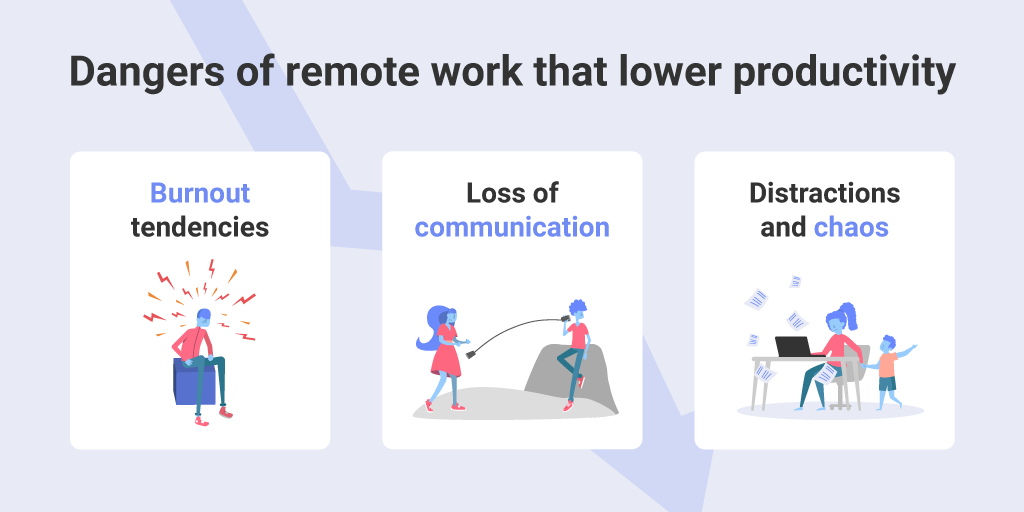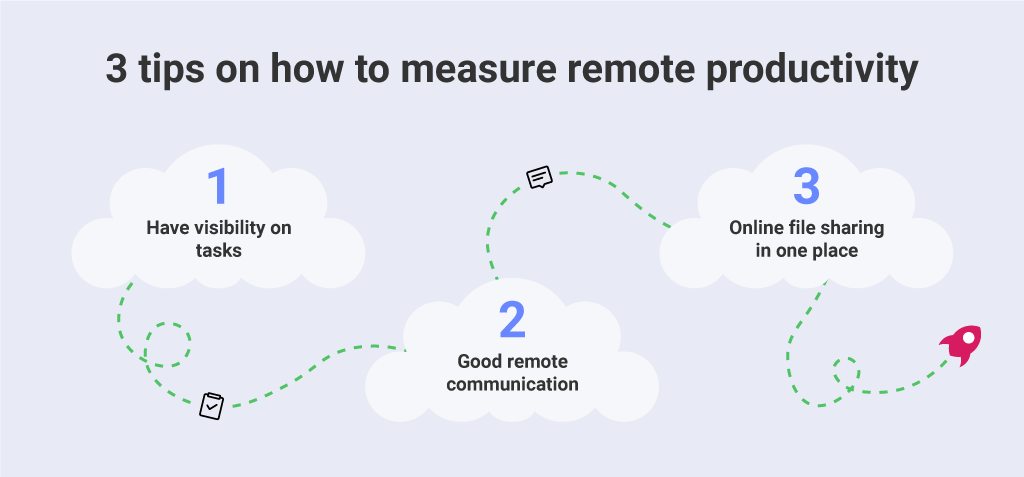
How Stephen Gould Scaled Its Capacity by 30% without Making a Single Hire

Before the pandemic, people could still work from home - but only from time to time and usually after putting in a special request. Everybody did it, but we were careful not to do it too frequently. Businesses used to be uneasy about remote teams a lot because the general feeling was that people are not so productive at home and have more opportunities to slack off.
Executive Summary:
Before the pandemic, people could still work from home - but only from time to time and usually after putting in a special request. Everybody did it, but we were careful not to do it too frequently. Businesses used to be uneasy about remote teams a lot because the general feeling was that people are not so productive at home and have more opportunities to slack off.
That all changed in March 2020, with the massive shift of all possible personnel to working remotely due to COVID-19 measures. The unprecedented model cut all tethers to the physical working place for many people, and everyone needed to adapt overnight. Today, over a year later, many still work at home or in a hybrid type of way – only partly using office spaces.
Our living rooms are now where our workstations are, we take breaks in our kitchen or on the terrace, and we connect to our co-workers through chat & collaboration apps.
Even more – some of the people who have changed workplaces during the pandemic have never actually seen their team in person – just online. This is the new normal that organizations needed to adjust to globally. Аnd since it’s expected that the remote work continues for many, the question of how to keep productivity high or even increase it during this period is very understandable. So keep reading to find out how you can achieve that easily for your team and organization.
Remote teams are those who have currently traded the office space for their own home and are working without being physically present for weekly meetings, brainstorming sessions, and any other type of team cooperation.
At the beginning of this grand change (that happened with little to no notice) many thought it’s for a short time only and temporary – according to this survey from Deloitte, 31% of employers thought their teams will return onsite sometime in 2020 and 30% – in the first half of 2021.
It is now safe to say that remote work is here to stay in one form or another. For many, the combination between working from home and spending some time in the office will be the most desired model.

And though most companies are regularly checking what the attitudes toward returning to the office are among the workers, as the world slowly shifts towards reopening everything, many people don’t want remote work to end. According to FlexJobs, а whopping 51% of people asked said that they would “absolutely” look for a new job if they cannot continue remote work in their current role, 65% said they wanted to continue working fully remotely after the pandemic and 33% opted for the hybrid work arrangement. For sure something is captivating about the freedom and flexibility that remote working teams have. So it’s only logical that organizations need to find a way to not only keep everybody happy, but productivity soaring and in an ever-upward trajectory.
Before “the new normal” every team had true contact – we occupied the same spaces and were able to sit down and talk to one another, brainstorm, check on the progress of projects and tasks, and do damage control when needed. Teams and managers were in the same environment, leading ultimately to good visibility and productivity daily. That was before – but now things are different. Managing remote teams became a necessity that many team leaders and managers were not ready for. Challenges include:
Still, all the challenges and obstacles can be overcome with a few basic management practices each team can implement for managers to have a good overview.
Here are some remote work productivity tips for executing good remote team management.
Following these tips sets up managers for a good balance with their remote team, since they highlight the core requirements for remote management to be successful. The remote team still needs a manager’s attention, but differently, providing stability and flexibility at the same time.

This is probably the biggest question from organizations whose teams are continuing to work remotely well into 2021. In the recent The Future of Remote Work report, 32% of managers said that productivity in teams has actually increased with the remote shift. A CIPD report from April this year shows that employers are less likely to say that increased homeworking has decreased productivity (23%) and 38% of employers say productivity has stayed the same (unchanged from June 2020).
The debate on productivity is lively and many companies try and measure productivity routinely to evaluate what remote work is doing to it. A UK-based study from ESRC shows that 54% of workers say they are doing now much more “per hour” compared to the pre-lockdown times. Almost 90% claim productivity is maintained. And another research shows that people are equally productive from home and the office.
Still, with all multidirectional results, employers stay concerned about how will the productivity in their business keep if remote working continues indefinitely.
And with many people denying the restrictions of a physical location, having found the freedom of flexibility, there might be a clash in the future in that employers might try and force their team to come back to the office.
Whatever the case might be, certain pitfalls can lower the productivity level of remote teams, such as:
To get ahead of these dangers, many companies are now actively trying to measure the productivity of their remote workers and counteract them actively.
Remote teams are still expected to deliver results – it’s what businesses know to their core and probably one of their biggest concerns since the beginning of the pandemic. There are several good ways to measure exactly that – the productivity that remote workers show and the results they carry out. This is not only good for the peace of mind of the managers and the organization as a whole but to see the roadmap for future goals and opportunities for improvement. So here are some ways through which you can measure productivity in the short and long term.

By leveraging technology and have options for a quick change of direction when needed, productivity in remote teams will keep growing in time.
With teams that don’t necessarily work at the same place, being productive hugely depends on the collaboration software they use. But having to constantly switch between more than one app daily can prove tiresome and result in loss of productivity. An all-in-one solution like Slingshot is the answer to solving the chaos of these obstacles that are usually resulting in valuable time lost.
So here are 7 tips to improve remote team productivity using a collaboration all-in-one app instead of multiple tools.
1. Keep all files in one spot – as we said, switching between multiple tools results in loss of time and distraction – it’s much better to devote time and efforts to collaborate in one spot only and keep all files there. Through apps like Slingshot, your cloud providers are integrated into the app, allowing for the upload and/or linking to any file – so each team member has access to the most recently updated files on a task level
2 Unite chat function with data – most remote teams need to depend on data every day, especially when tracking of progress and campaign management is needed. With an all-in-one app, team members can discuss ideas and issues without switching and at the same time use data analytics to make data-driven decisions.
3 Have insights ready at any point – if we take a look at Slingshot in its collaboration app characteristics, it essentially can serve as project management central, connecting all needed insights for your team – task tracking, due dates, paid campaign results, project progress, and discussions in the context
4 Quick organization without disruptions – by keeping key documents and project briefs at the forefront, the organization of remote teams happens quickly and without a hitch, while at the same time people can gain quick insights into campaign timing, have content ready, spot blockers, and clear paths to success without the need to sift through the chaos
5 Have good cross-team collaboration – make sure that alignment between departments (for example, sales, and marketing) is present at all times, by tracking metrics, KPIs, and have all resources in one place, map out schedules, collaborate on ROI, track the budget, etc.
6. Ensure excellent project management – if you choose an app with strong business intelligence components providing dashboards and analytics, and project management features, you can make sure any issues or blocks are dealt with on the spot or even before they happen
7. Clear direction on expectations, and accountability – within each task, it’s good to have a timeline of the whole process from start to finish, all files available, brief, discussions, and clear directions, with no need for multiple iterations
Remote teamwork is obviously here to stay, so every good team deserves the chance to not only stay good but thrive and be great.
SHARE THIS POST